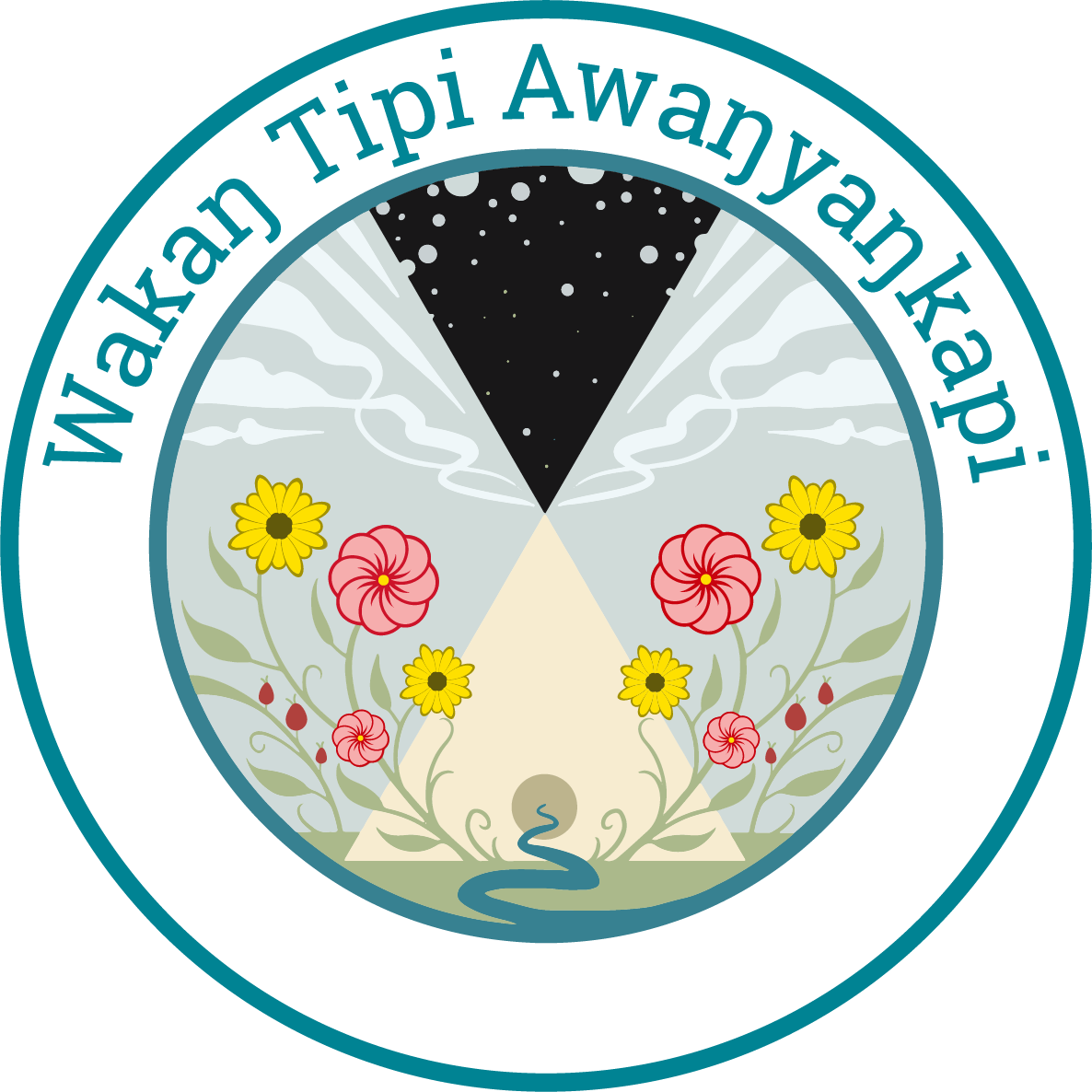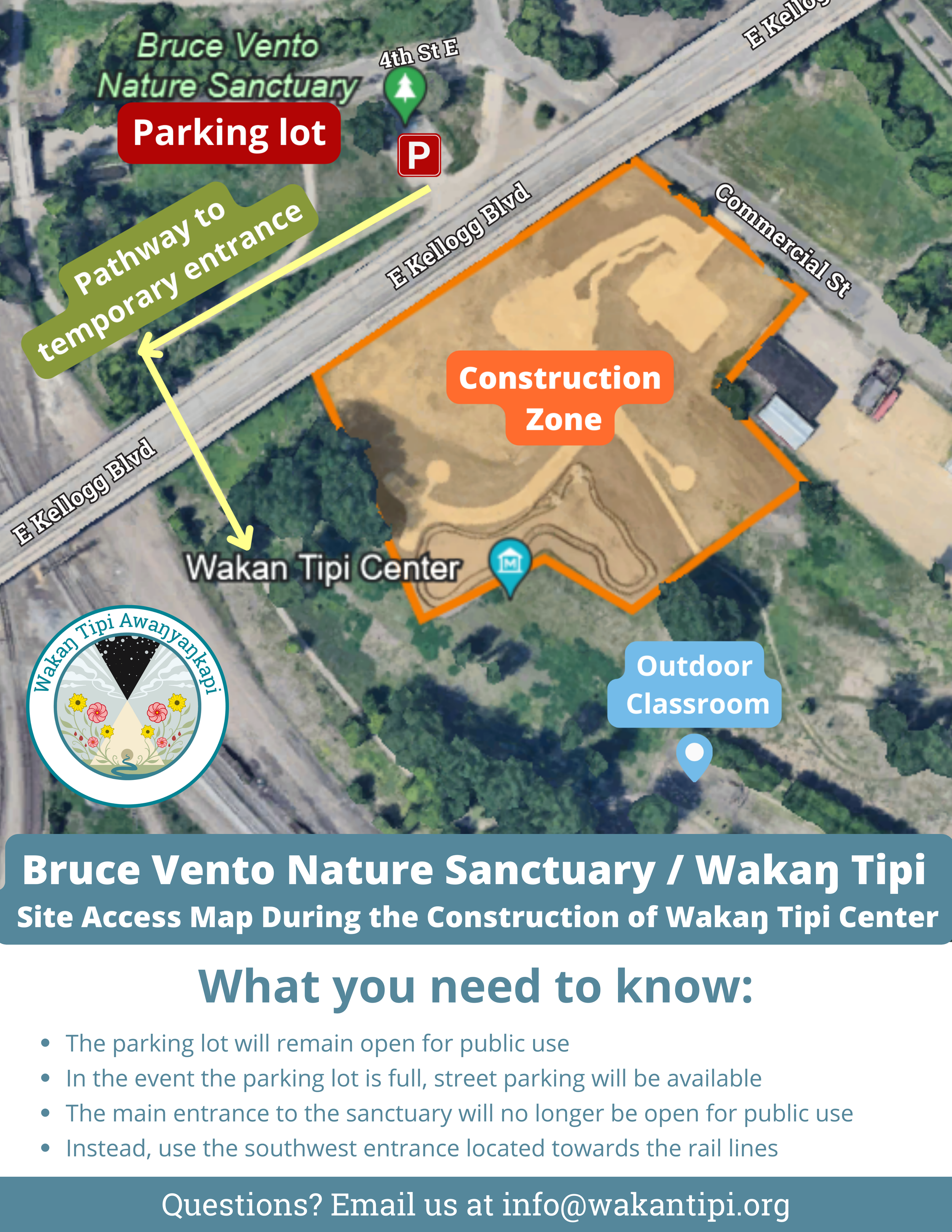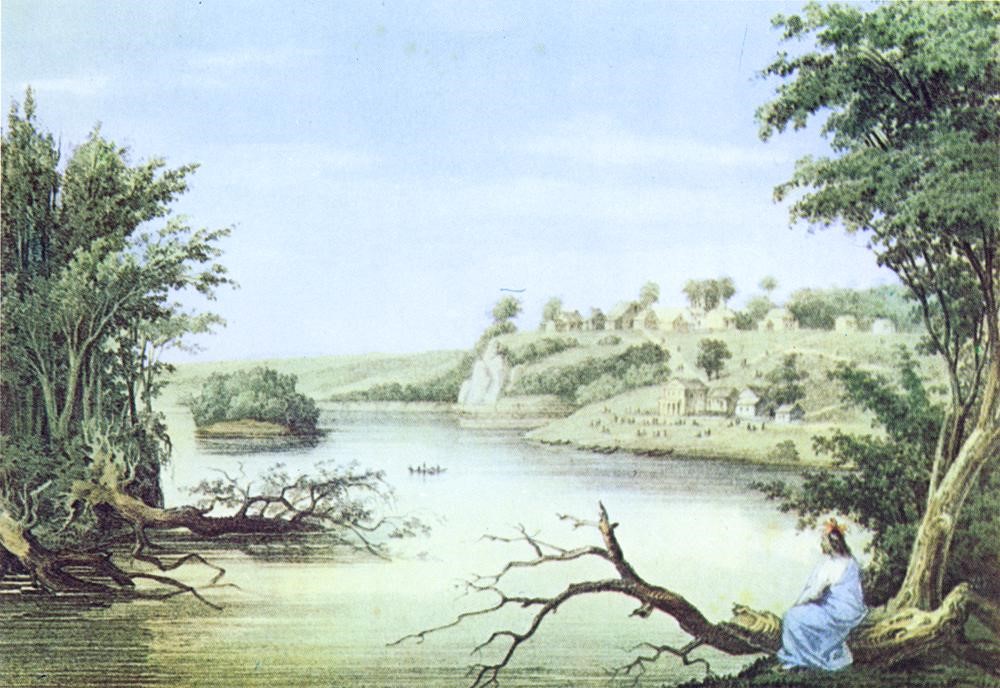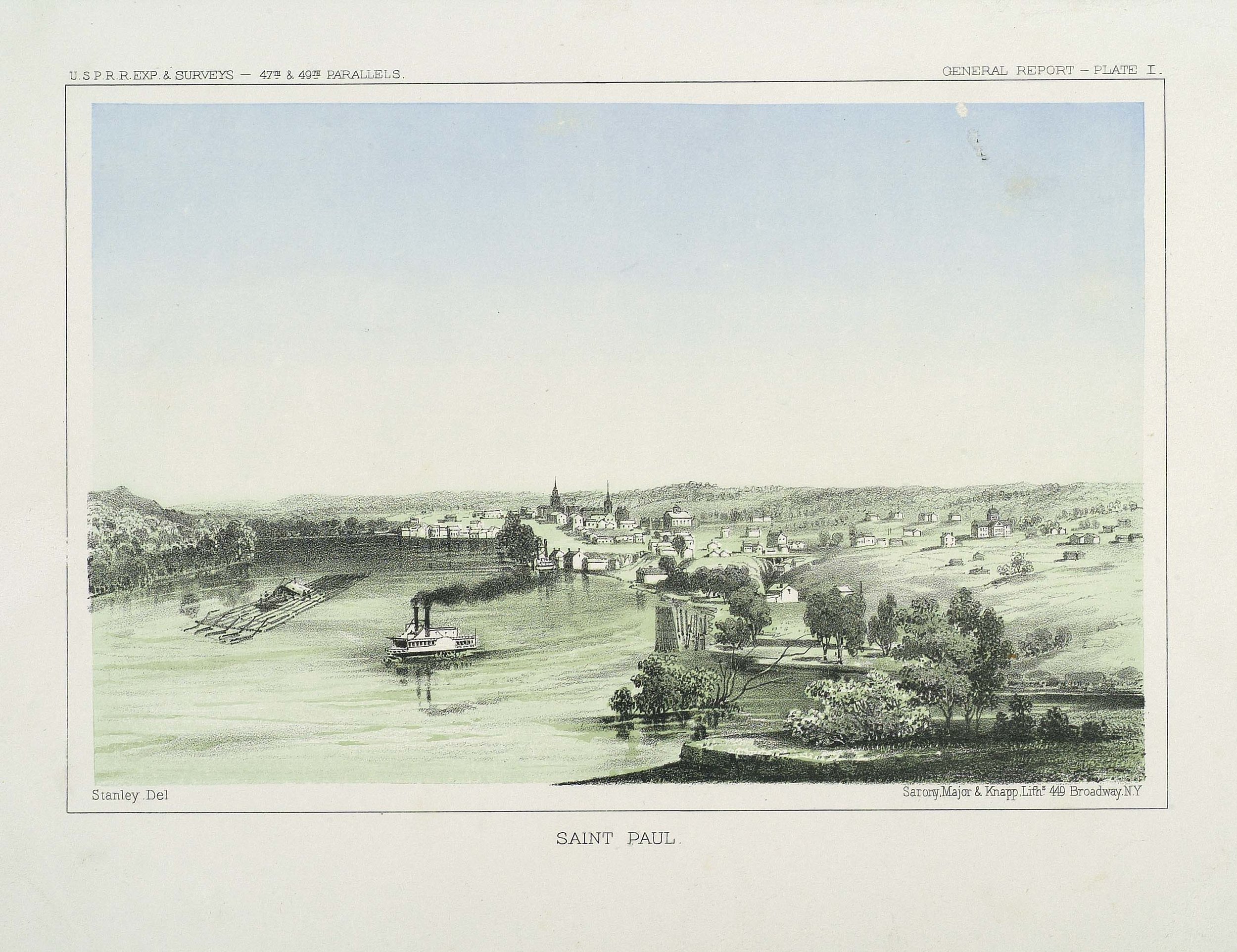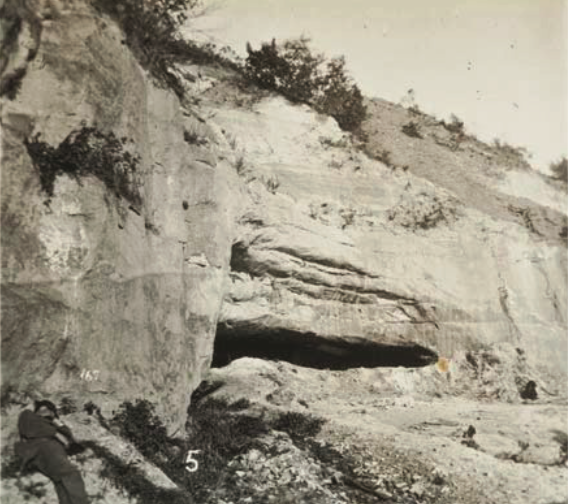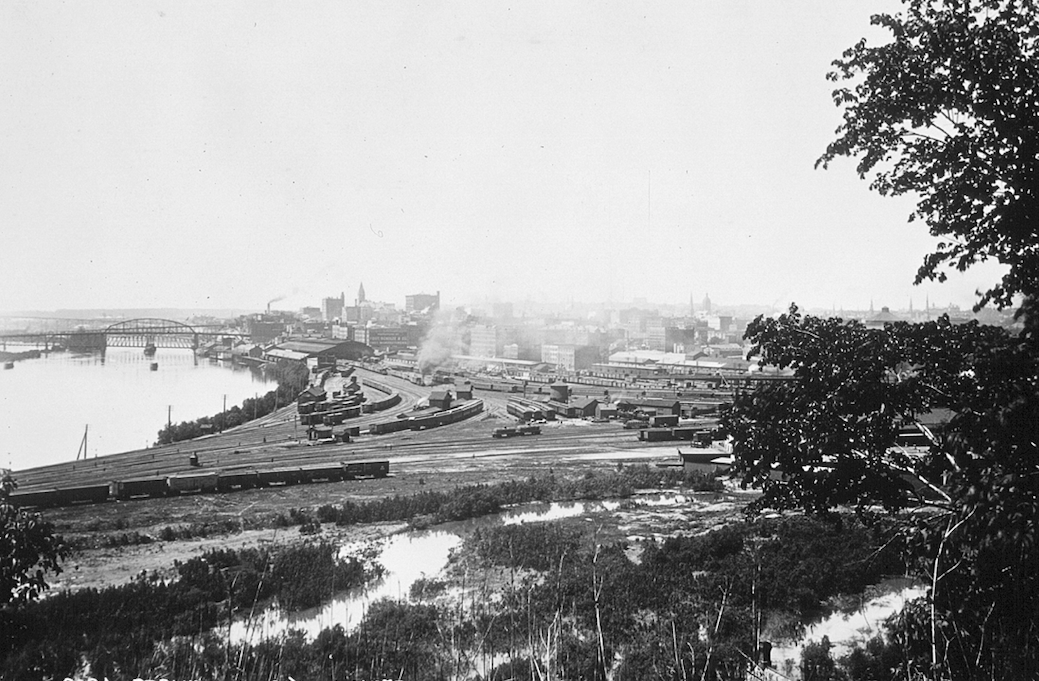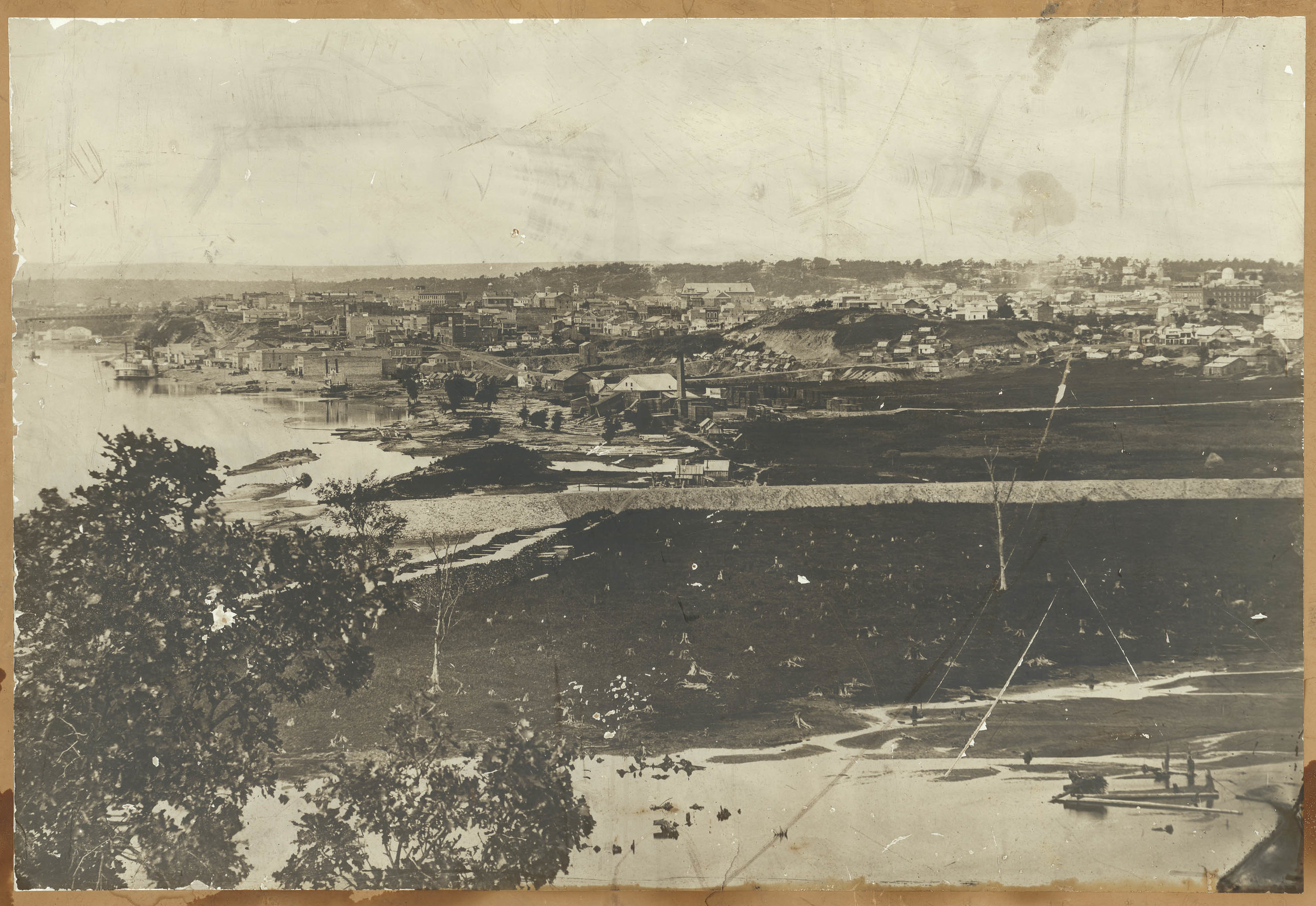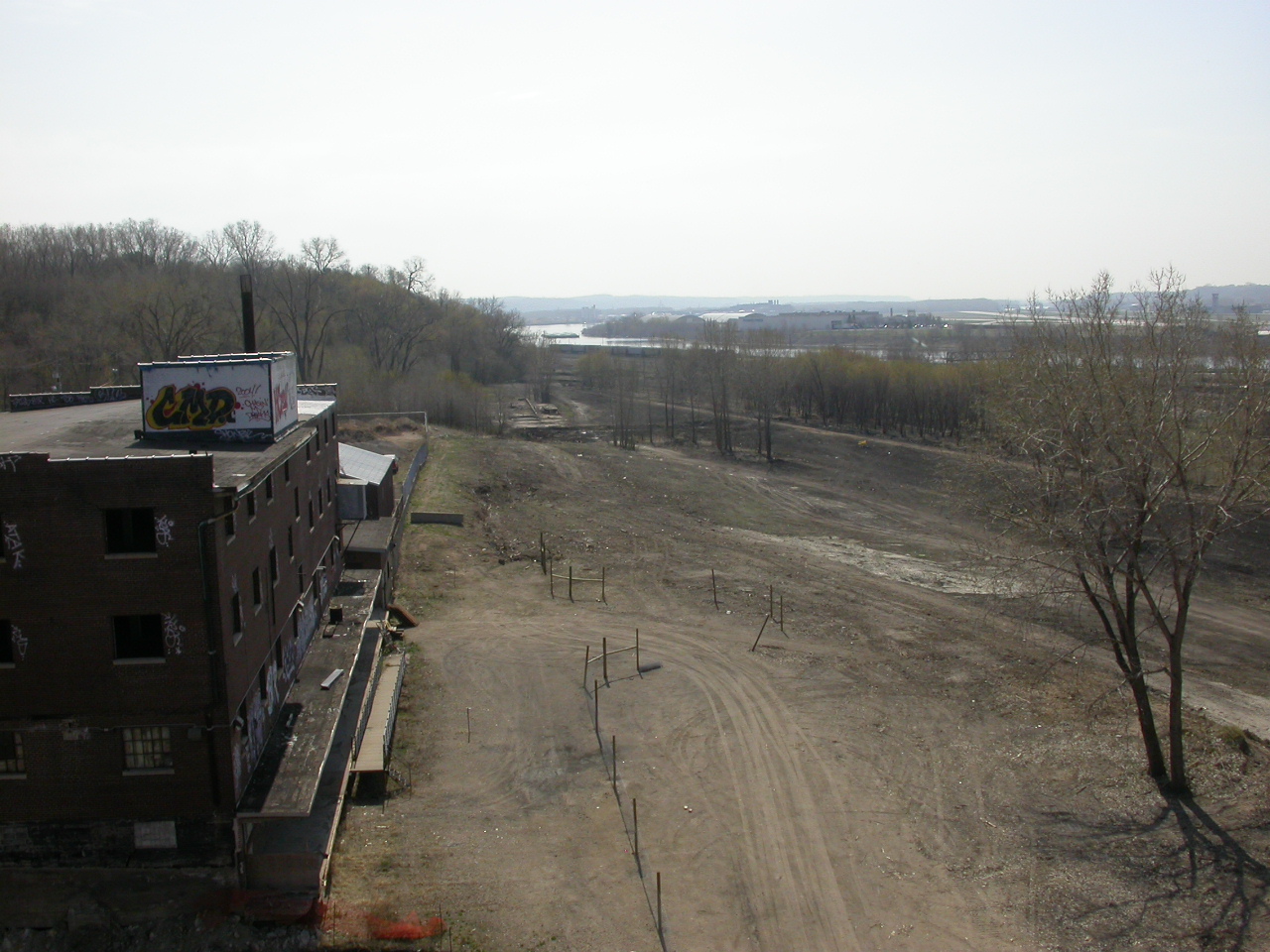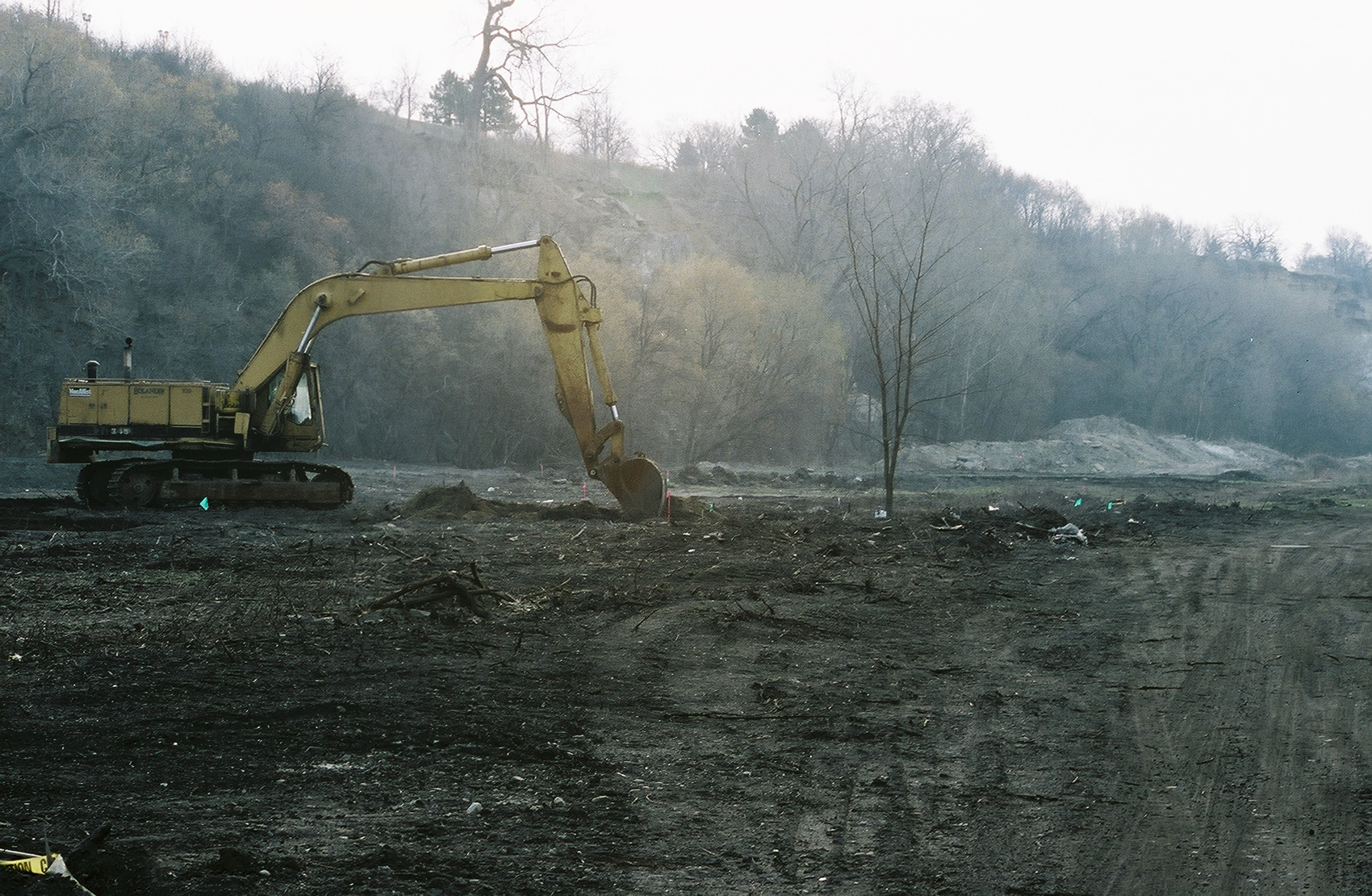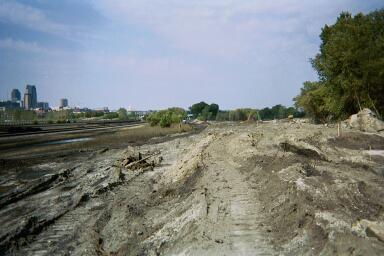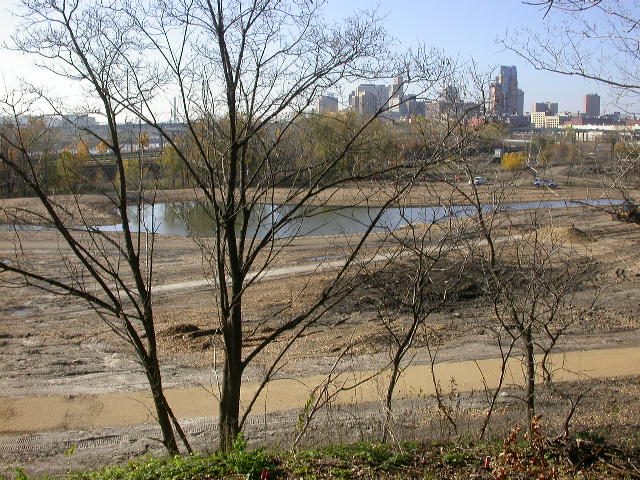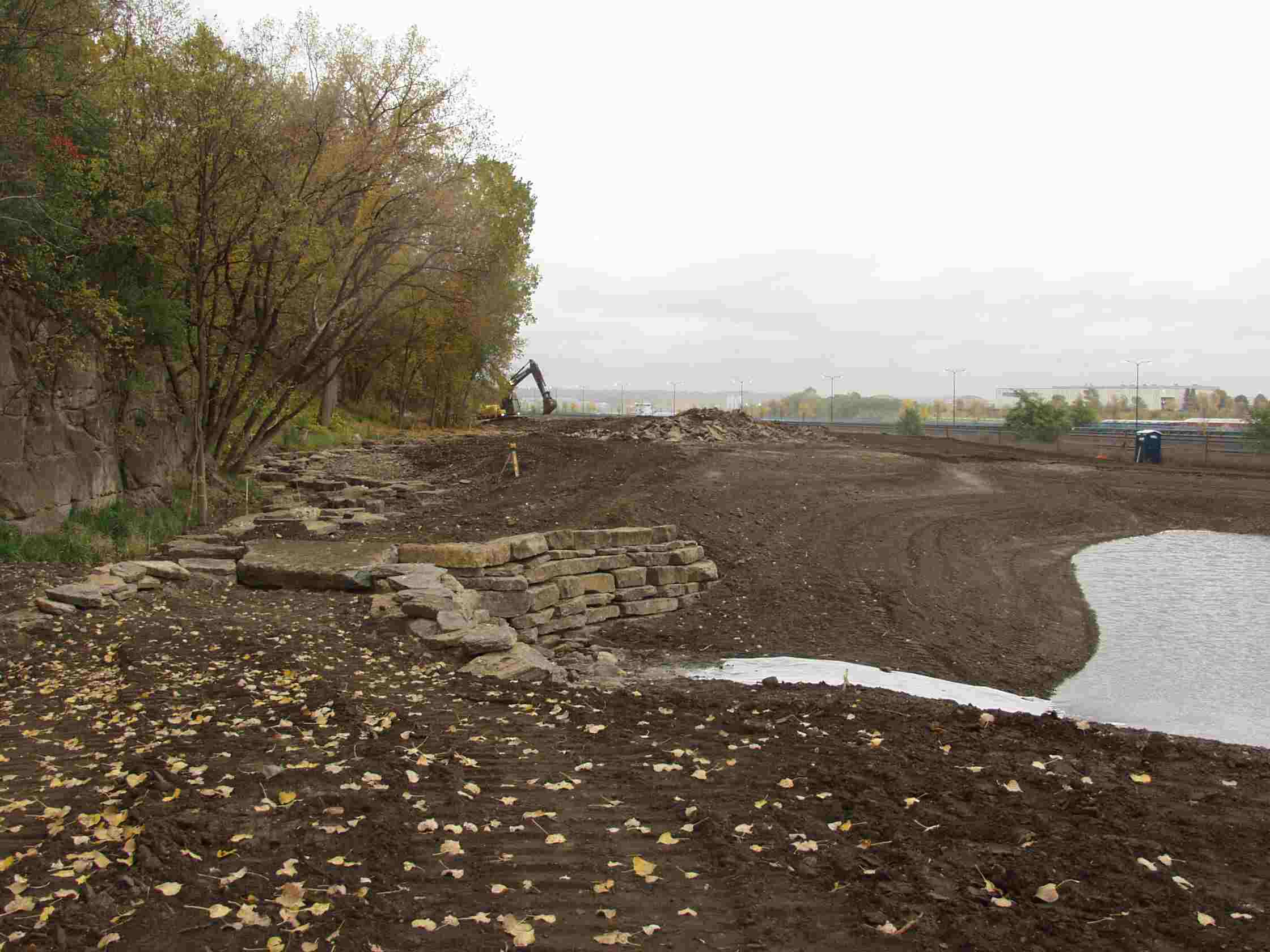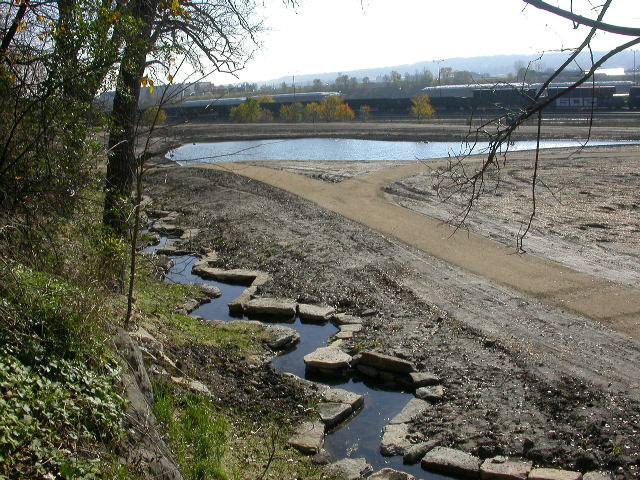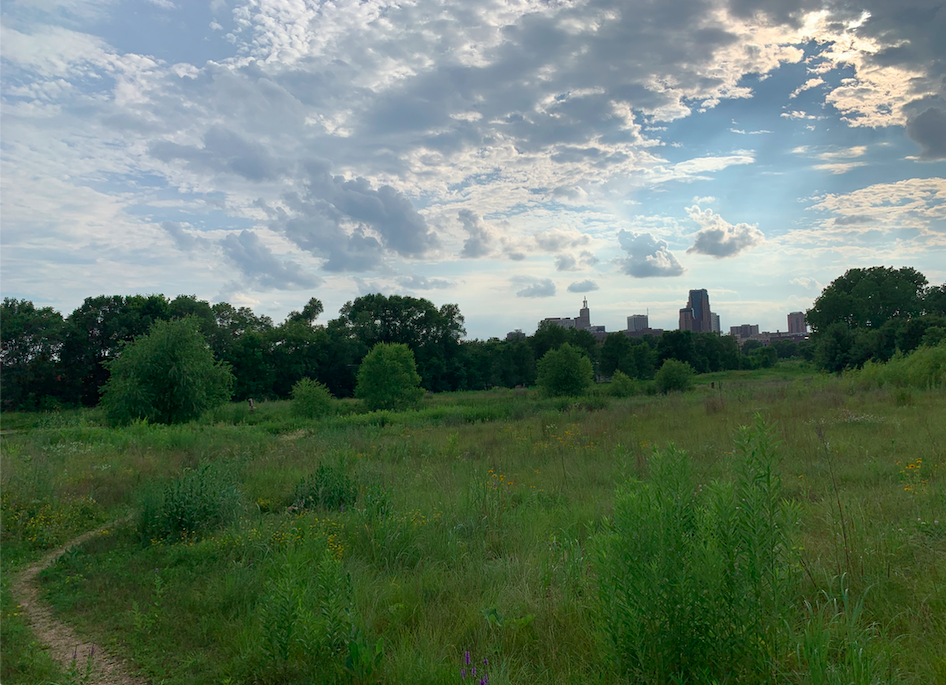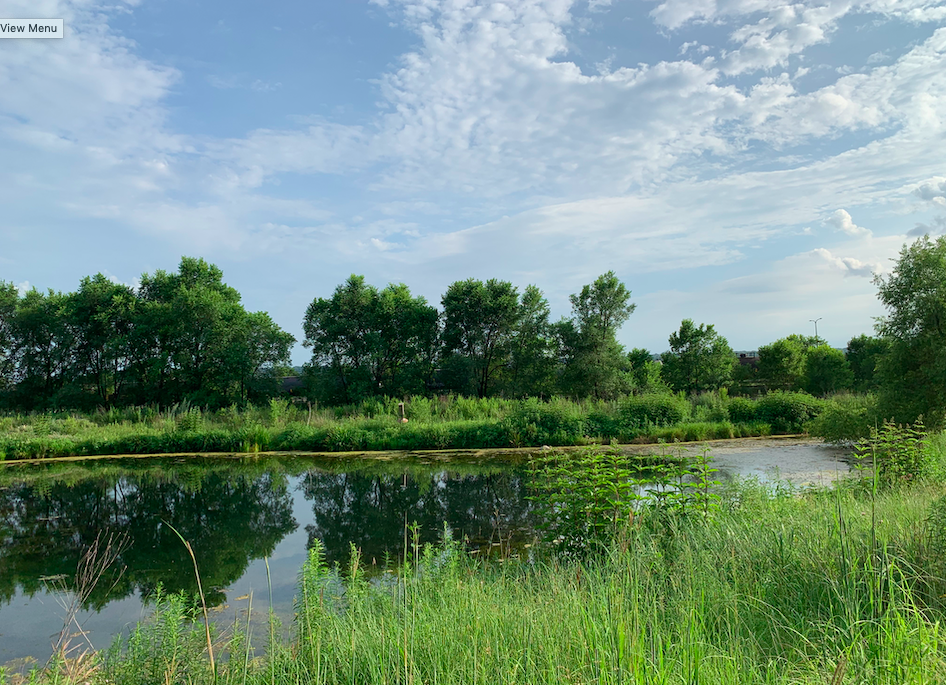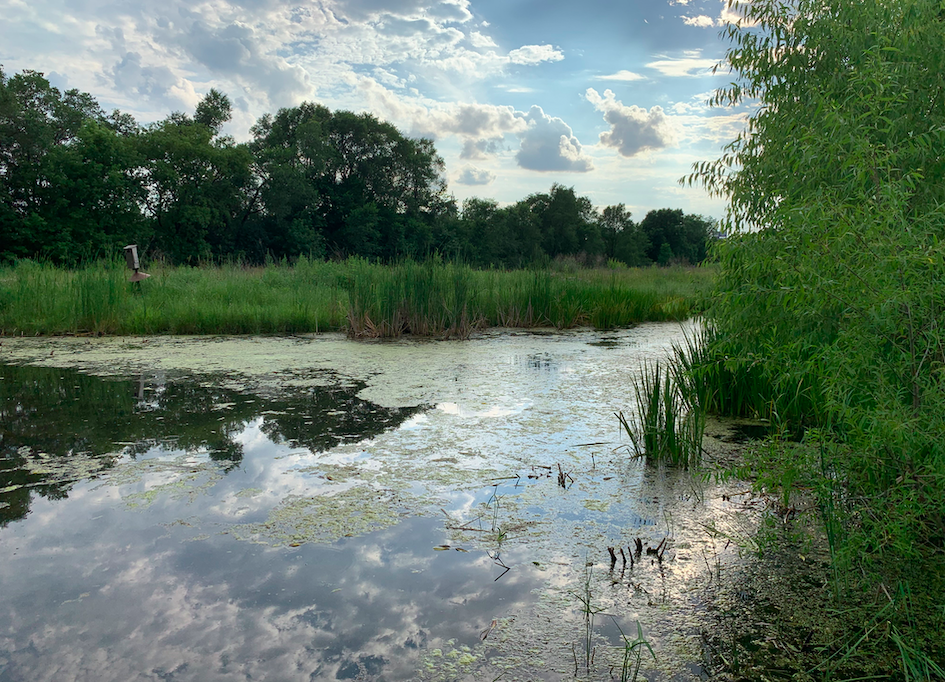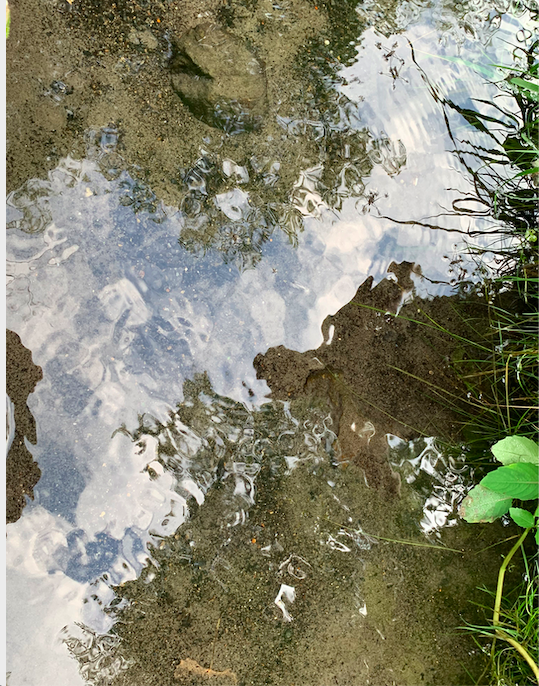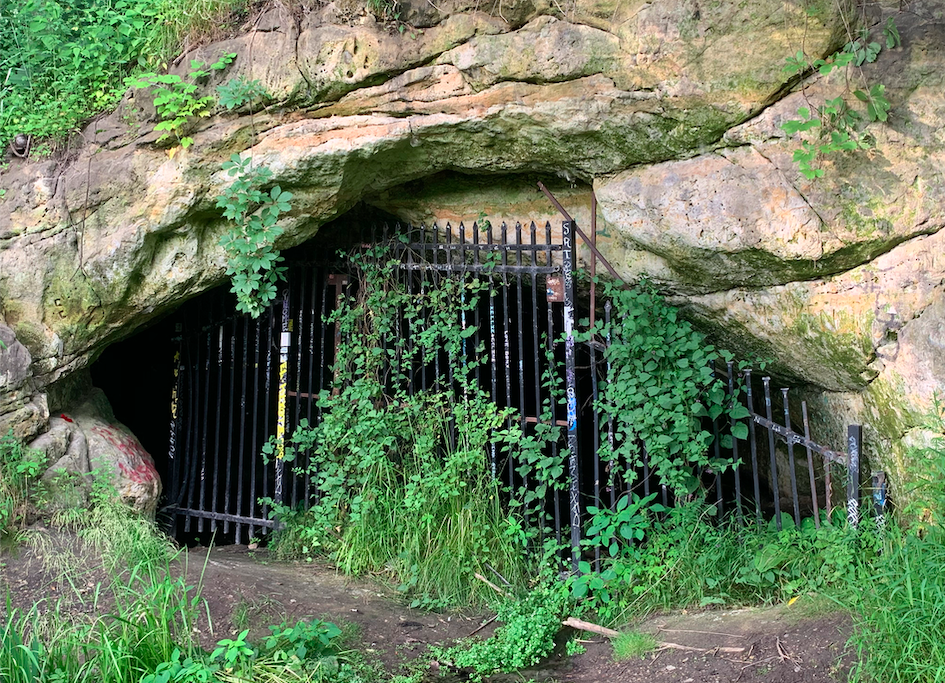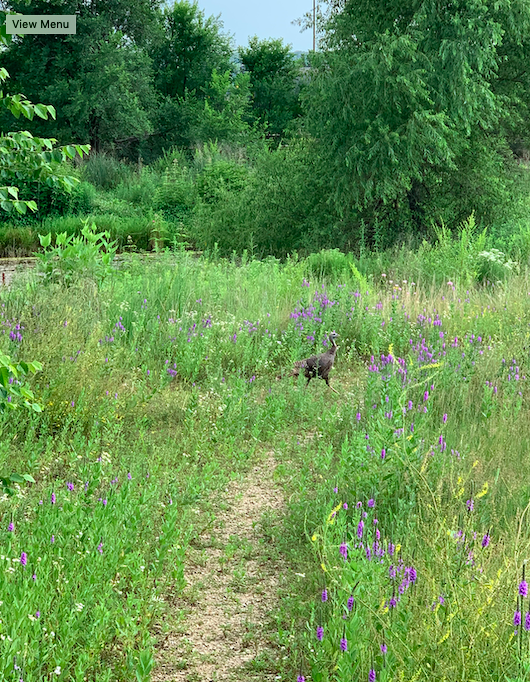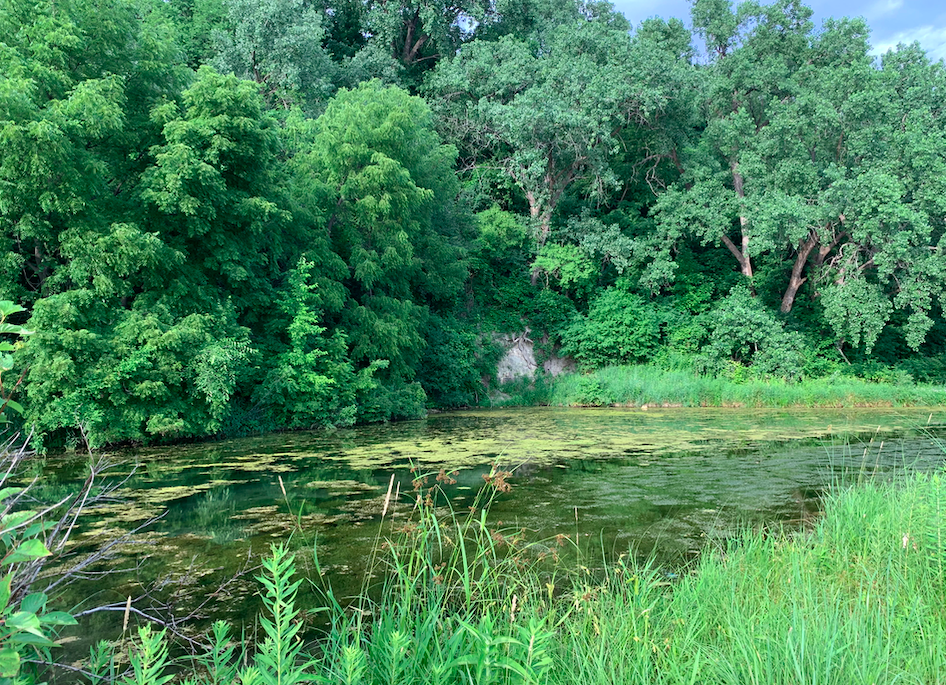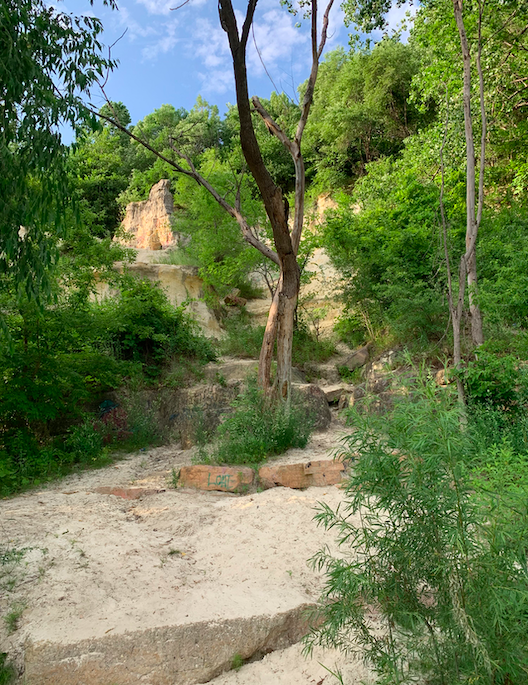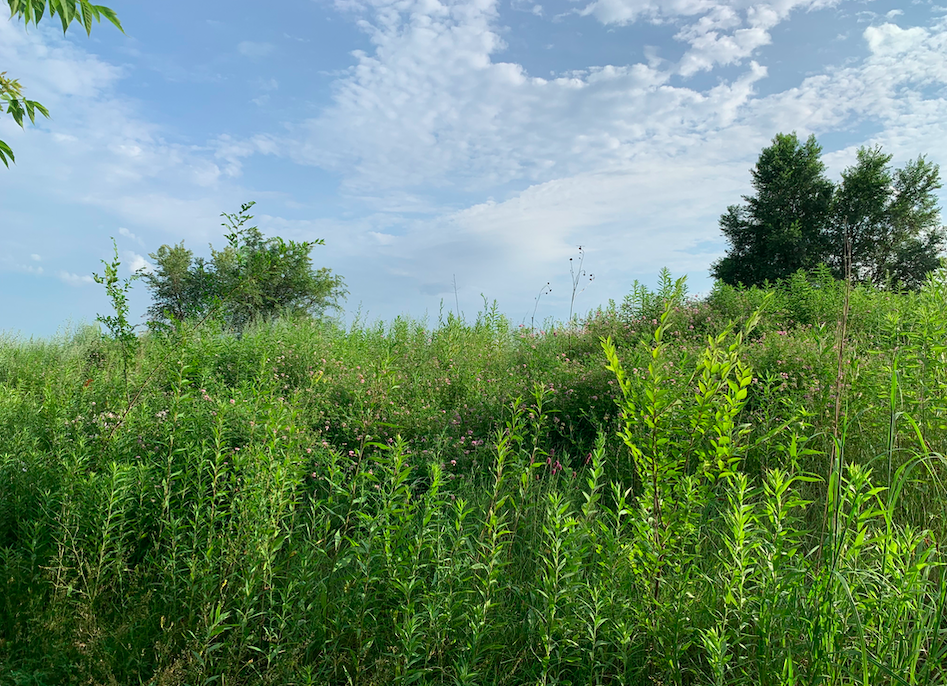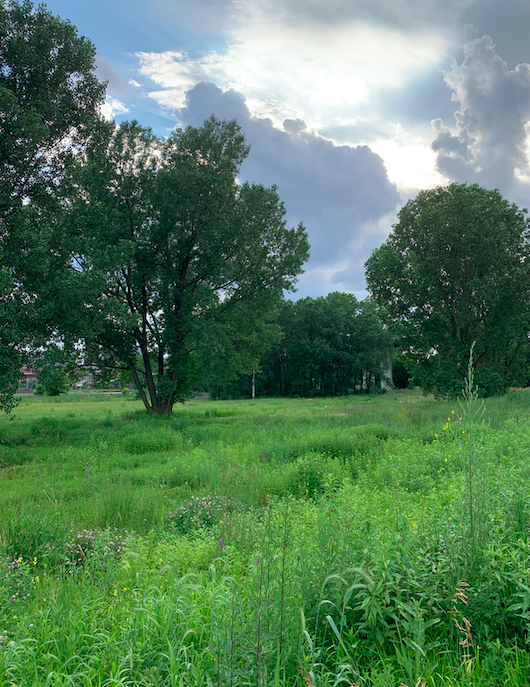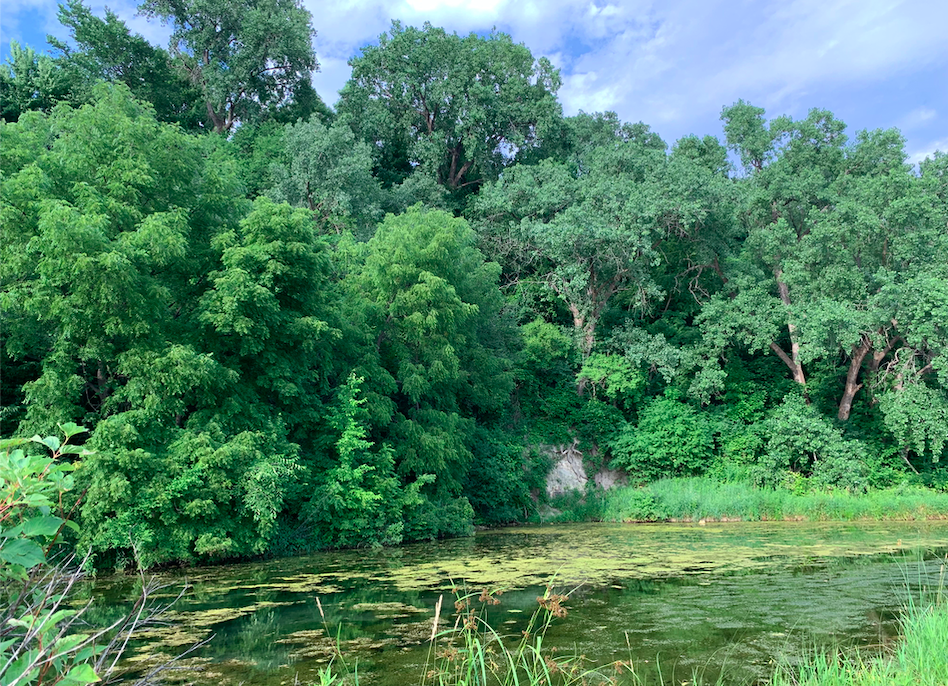Site Update
Wakan Tipi Center is now under construction, but Bruce Vento Nature Sanctuary will remain open to the public via a secondary access point just down the trail.
We hope you will come to the Sanctuary to visit the land, water, and animal relatives during building construction - and if you stop by the Outdoor Classroom you can see our work in progress to create traditional Dakota Dugout Canoes with the Cottonwoods that were removed from the construction zone.
Wakaŋ Tipi - A Sacred Landscape
History of this Land
Before European contact, this area was a vibrant floodplain on the Mississippi River. The confluence of tributaries at this sharp bend in the river made the area, known as to the Dakota as Imnizaska (white bluffs), provided the perfect place for Dakota people to make their homes.
Two significant sites within this landscape are Wakan Tipi (Carvers Cave), a sacred cave site within Bruce Vento Nature Sanctuary, and the Dakota burial mounds above the cave, along the bluff, in Indian Mounds Regional Park. The activities here have been extensively documented in the historical record, and especially in the journals of Jonathan Carver in 1766-1767, when he lived with the Dakota near this site for six months. In his journals, Carver describes beautiful landscape and extensive rock art within the cave entrance at Wakan Tipi that tell of ancient stories and the holiness of the cave.
Shortly after the arrival of European explorers came European settlers. Industrial development began in the area that would become Saint Paul. Over time, heavy industrial use has changed this land significantly. Wetlands were filled in, trees removed, and the earth, air, and water were polluted. The entrance to Wakan Tipi, where ancient Dakota petroglyphs were located, were destroyed to make room for the railroad. After a century of industrial use, the land was abandoned and became an informal city dump.
Restoration Begins
“The reclamation and restoration of this site is Wakaŋ Tipi Awaŋyaŋkapi’s showcase Urban Conservation project. Over the course of eight years, WTA led the efforts to raise more than $10 million and reclaim this sacred site that had become a toxic and polluted dump site along the Mississippi River. It is now a vibrant, 27-acre sanctuary that provides critical habitat for urban wildlife while providing a publicly accessible nature sanctuary, all in the heart of the urban core. The Sanctuary serves as WTA’s main site for cultural and environmental programming. ”
The land was heavily polluted, neglected, and forgotten, until 1997, when East Side and Lowertown community activists joined together to reclaim and restore this site. They created Wakan Tipi Awanyankapi (formerly known as Lower Phalen Creek Project) to do so. The vision was to restore the land and create a nature sanctuary that offers high quality native wildlife habitat and protection for this culturally significant place of power, all in the heart of the urban core.
In 2002, WTA, the Trust for Public Land, Minnesota Department of Natural Resources and the National Park Service together purchased the land from the railroad and conveyed it to the City of Saint Paul. WTA’s focus turned to cleanup and restoration.
In 2003, more than 150 volunteers helped to remove 50 tons of trash from the sanctuary. Additionally, 13 tons of soils contaminated with asbestos, mercury, and other pollutants were removed from the site and clean soil was brought in. In the same year, the construction phase in the sanctuary was launched. In partnership with the four federally recognized Dakota communities, archeologists worked to conduct site surveys for culturally significant items. In 2004, WTA worked with Urban Roots, AmeriCorps, 3M East Side Lab, and other volunteers to clear away buckthorn and begin the restoration of oak savanna and prairie. The bluffs were stabilized, sprayed with seed, and youth volunteers planted new vegetation.
A Thriving Sanctuary
After years of dedicated effort, on May 21, 2005, the Bruce Vento Nature Sanctuary was opened to the public. Due to the hard work of Wakan Tipi Awanyankapi, the City of Saint Paul, and community partners and volunteers, the sanctuary is thriving with six ecosystems including floodplain forest, dry prairie, oak savanna, bluff prairie, oak woodland, and spring-fed streams and wetlands. As the water and native trees and plants have returned to heal this land, so to have returned the wildlife. You can spot river fish and painted turtles in the ponds, white tailed deer, rabbits, wild turkey, and garter snakes throughout the prairie. Bumblebees, butterflies, and dragonflies buzz amongst the flowers in bloom. And of course, you’ll hear the singing of countless bird species passing through, nesting, or wintering here along the Mississippi Flyway.
Current Work
We are currently partnering with the City of Saint Paul’s Department of Natural Resources, Friends of the Mississippi River, Mississippi Park Connection, and Urban Roots on a 5-year restoration plan from 2020 -2024. This Natural Resource Management Plan was updated to include a survey of Dakota Culturally Important Plants, conducted by staff at WTA. The result of this work is a detailed description of each habitat area in the sanctuary and a task schedule of work to be done to keep the sanctuary vibrant and thriving for decades to come. You can find our current management plan here.
Volunteers are a big part of our ongoing care taking of this special place. Find volunteer opportunities here!
